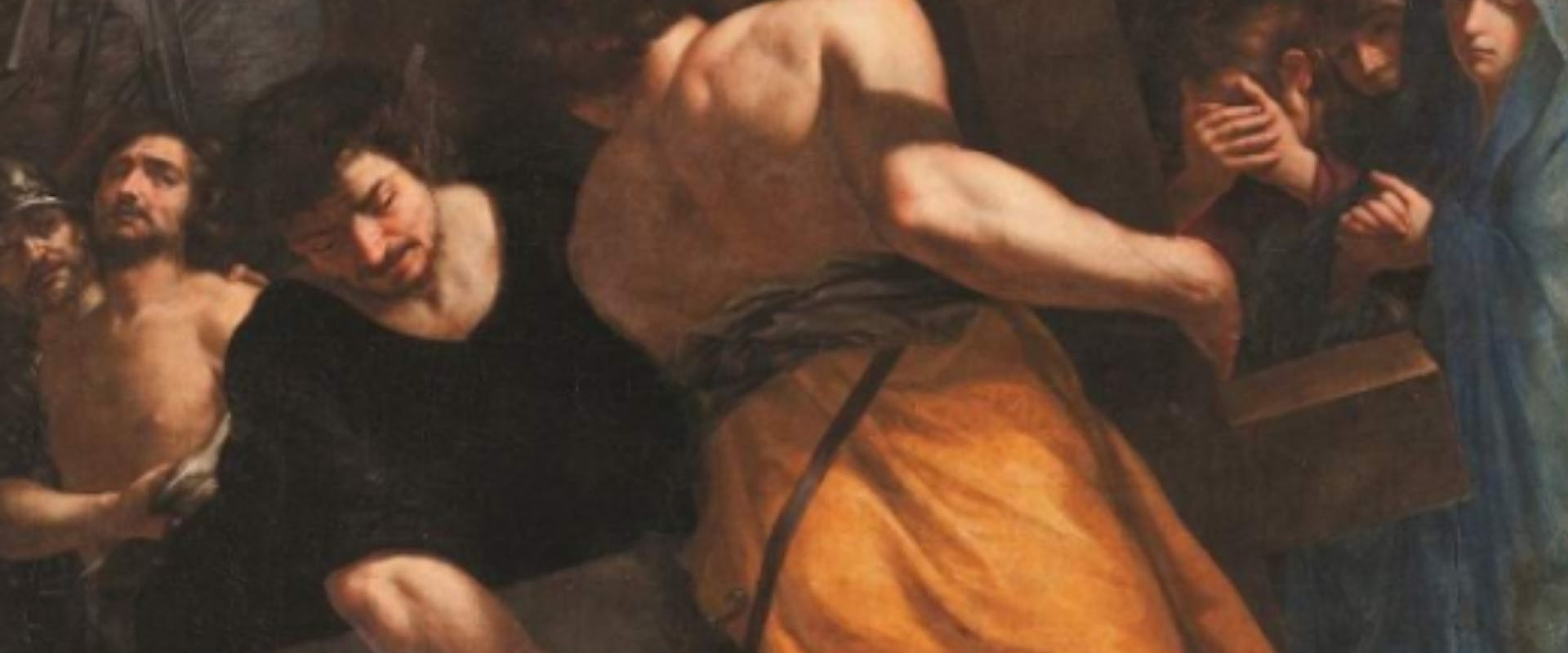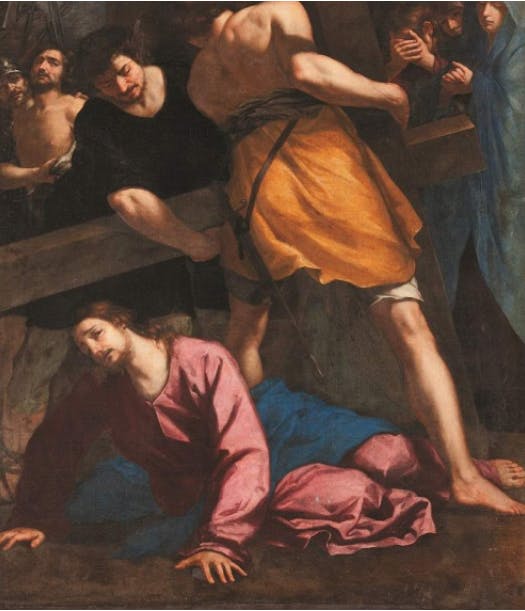Austerity and Graciousness. The Brotherhood of San Benedetto Bianco in 17th-century Florence
A newly recovered 'secret' treasure is exhibited in the rooms adjacent to the Cappella Palatina in Palazzo Pitti: a collection of not very well known artworks, painted by great 17th-century Florentine artists and carefully restored, is made accessible to the general public.
The treasure on display in the exhibition comes almost entirely from the legacy of the Brotherhood of San Benedetto Bianco, which was one of the most important and prestigious lay aggregations in Florence, founded in 1357 at the monastery of San Salvatore in Camaldoli, but soon relocated to Florence (1383).
Before its dispersion, one of the Brotherhood's last acts was to hand over to the archepiscopal Curia of Florence all the artistic heritage it had accumulated over the centuries, either through direct commissions or donations from the brothers. The desire to make the oratory and the headquarters of the confraternity more and more sumptuous had prompted many brethren to donate paintings, sacred objects and vestments. Moreover, there were also many artists among the Brotherhood members, including members of the Medici family, theologians, philosophers, intellectuals, and scientists. Many of them painted some of the works presented in the exhibition for their own devotion. Such artworks well express, both for the style and choice of subjects depicted, the penitent spirituality of San Benedetto Bianco, which was focused on the sacrifice of Christ; the supreme model of perfection which could be approached through penance and long interior meditations that had to elicit an actual 'identification'. For this reason, in San Benedetto Bianco, the main stages of the Passion of Christ were a theme that was disseminated through paintings, small pictures or printed images as continuous visual reminders for the brothers.
Among the works on show in the exhibition are some belonging to an important donation received by the Brotherhood in 1680 from the fellow brother Gabriello Zuti; it presents a series of eight canvases with biblical subjects executed by some of the leading Florentine artists of the 17th century, such as Lorenzo Lippi, Jacopo Vignali and others.
The exhibition, as well as the catalogue published by Sillabe, is curated by Alessandro Grassi, Michel Scipioni and Giovanni Serafini, and is promoted by the Ministry of Cultural Heritage and Activities and Tourism with the Regional Secretariat of the Ministry of Cultural Heritage and Activities and Tourism of Tuscany, the former Special Superintendence for Historical, Artistic and Ethno-anthropological Heritage and for the Museum Centre of the City of Florence, the Superintendence for Fine Arts and Landscape for the Provinces of Florence, Pistoia and Prato, the Silver Museum of Palazzo Pitti, and Firenze Musei.

